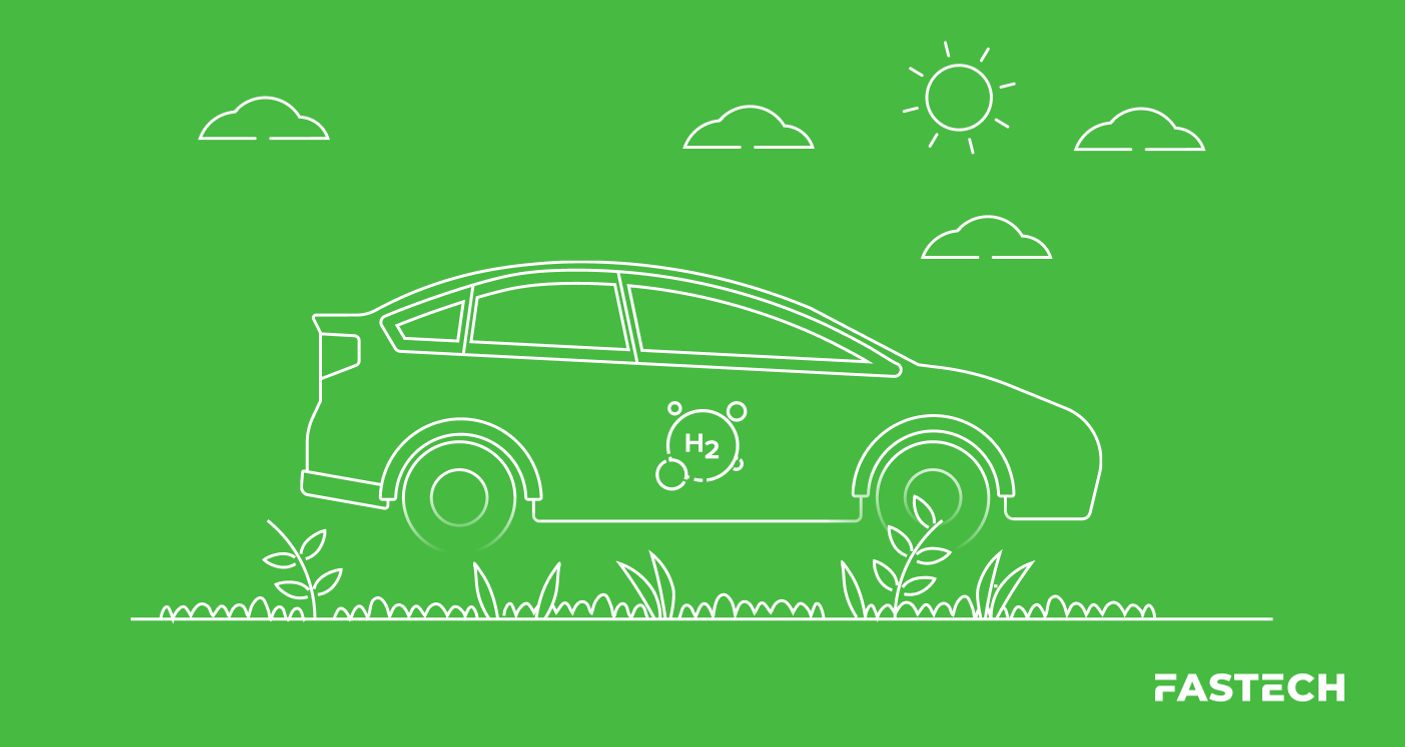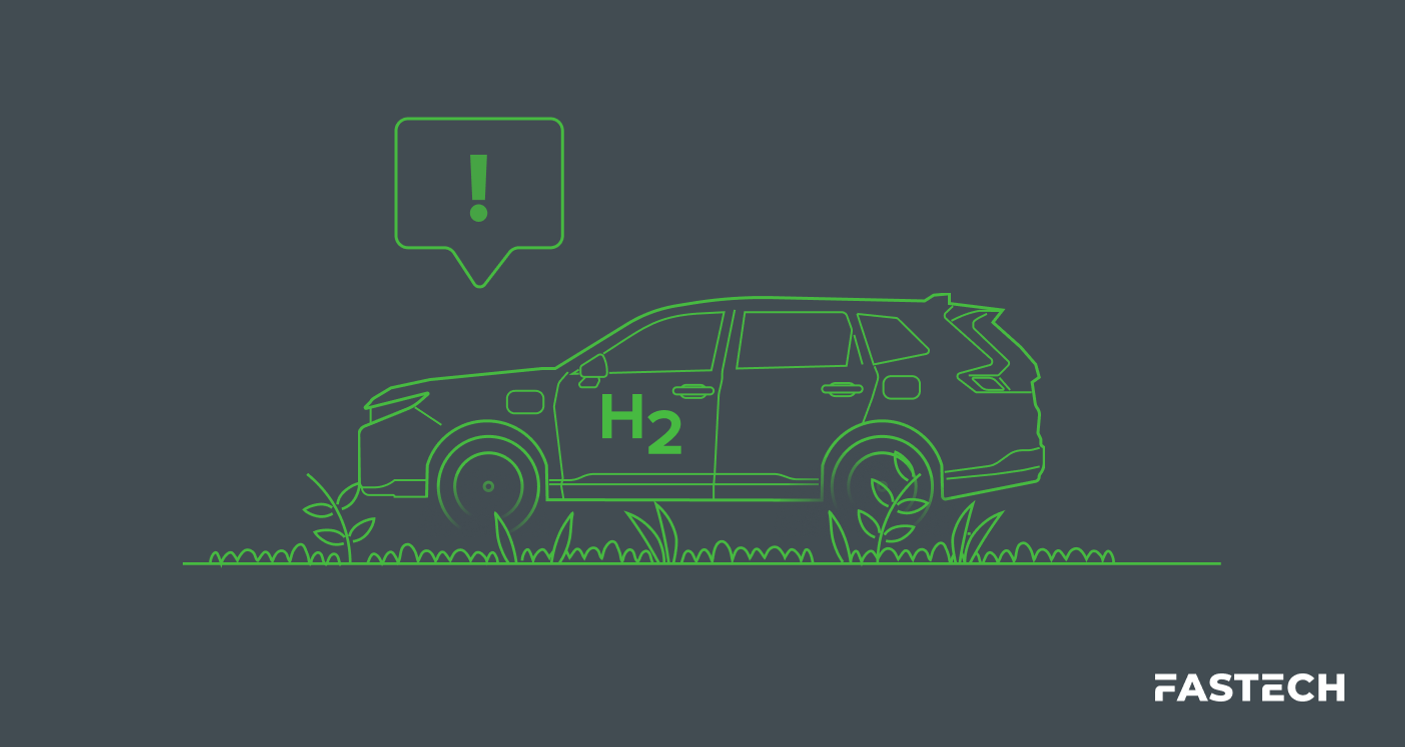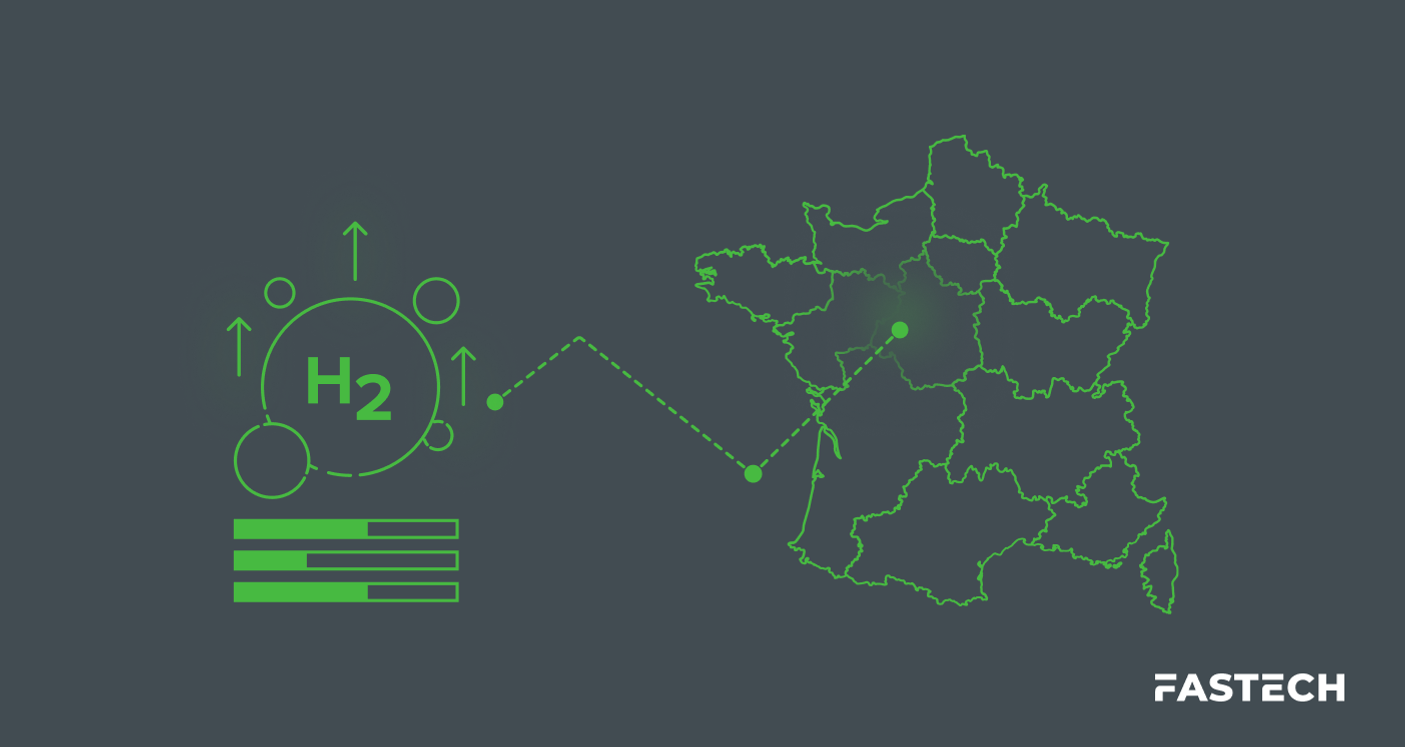AI's Potential for Optimizing Hydrogen Energy Systems

When it comes to the expansion and optimization of artificial intelligence, renewable energy may stand to benefit.
Much like technological revolutions of the past (namely, the Industrial Revolution, which mechanized production, and the Information Age, which digitized communication), the era of artificial intelligence (AI) and machine learning will bring unparalleled advantages and efficiencies. But the field of renewable energy stands to gain significantly from AI integration—particularly in terms of hydrogen energy systems. Artificial intelligence renewable energy system optimization may unlock the true power of clean and safe hydrogen, revolutionizing energy generation, storage, and utilization.
What Is AI?
Marc Anderseen—AI, Machine Learning, and Deep Learning Expert—defines AI as: “The application of mathematics and software code to teach computers how to understand, synthesize, and generate knowledge in ways similar to how people do it. AI is a computer program like any other—it runs, takes input, processes, and generates output.”
In the renewable energy industry, AI has already been woven into the fabric of routine operations. But, it’s important to remember that this technology is still in its infancy. Its roots will only dig deeper.
As advancements in AI continue to build upon one another, the technology will evolve at an accelerated rate, creating a cascade effect that opens up new avenues for innovation and efficiency within energy systems in the near future.
The Potential of AI for Hydrogen Energy Systems
AI and renewable energy already have a strong connection. In fact, AI is currently impacting the future of hydrogen energy in four key ways:
1. Enhancing Energy Forecasting Accuracy
Before AI, energy forecasting relied heavily on individual weather models which provided a narrow view of the variables affecting renewable energy availability.
However, AI programs, like the one IBM developed for the U.S. Department of Energy’s SunShot Initiative, leverage vast datasets of historical weather data, real-time measurements, and advanced self-learning models, which have resulted in a 30% increase in accuracy in solar forecasting.
In terms of hydrogen production, this enhanced forecasting can help in three key areas:
- Hydrogen production – Electrolysis, the process used to produce green hydrogen, requires significant electrical power. And, for hydrogen production methods used to create green or blue hydrogen, the power should ideally be sourced from renewable energies like solar and wind. Predicting the availability of renewable energy—which is often subject to weather patterns—can help optimize when to produce hydrogen.
- Storage and demand – Unlike solar and wind, hydrogen can be stored in a physical state. As a result, it can help balance the grid by storing excess energy when demand is low and supplying energy when demand peaks. AI can help forecast energy demand patterns, making it easier to determine when to store hydrogen or convert it back into electricity.
- Integration with other energy systems – Additionally, AI can help coordinate the use of various interrelated energy sources with hydrogen storage and usage, creating a more efficient and resilient energy system.
2. Optimizing Power Generation and Distribution
Weather forecasting and climatology are data-heavy fields. AI algorithms simplify the organization and management of large weather datasets, ensuring optimal use of power grids by adapting operations based on current weather conditions.
More precise short-term forecasting, thanks to AI predictions and analysis, results in increased dispatch efficiency and improved reliability.
For example, the HyAI (Hydrogen Artificial Intelligence) project is a pilot program test case for grid optimization. It has successfully used an AI platform that integrates data about weather, electricity prices, and grid management to optimize hydrogen storage systems.
3. Improving Demand-Response Systems
AI's capabilities extend beyond grid optimization to improved demand-response systems. With the increased installation of smart meters, AI algorithms can absorb and analyze data, accurately predicting network load and consumption habits. This improved accuracy leads to more efficient dispatch and reduced operating reserves.
The ability to predict demand spikes and shift load to when electricity is cheapest results in energy savings that also benefits consumers.
4. Enabling Predictive Maintenance and Fault Detection
AI algorithms can also ensure that energy grids are more reliable and efficient by automatically detecting real-time disturbances within the complex web of sensor data. These powerful algorithms can rapidly comb through massive troves of data, distinguishing routine operational information from identified system anomalies.
This process makes it possible to address potential issues before they escalate and prevents the risk of cascading system failures. The final result is a more robust hydrogen energy infrastructure.
Optimizing Hydrogen Energy Systems with AI
On the road to net zero, hydrogen could be the clean energy solution of the future. And, with the power of artificial intelligence, renewable energy sources like hydrogen could become more accessible. In fact, AI has the power to unlock hydrogen’s full potential by addressing critical challenges and optimizing its production, distribution, and utilization.
At FASTECH, we believe in the power of hydrogen and its potential to shape a more sustainable future. As the leading provider of end-to-end energy solutions, we’re committed to harnessing the synergy between hydrogen and AI.
Ready to join the hydrogen revolution?
Reach out today if you want to help build a sustainable clean energy foundation for the future.
Sources:
EY. Why Artificial Intelligence Is a Game-Changer for Renewable Energy. https://www.ey.com/en_us/power-utilities/why-artificial-intelligence-is-a-game-changer-for-renewable-energy
EMEC. HyAi 1 & 2. https://www.emec.org.uk/projects/hydrogen-projects/hyai/




